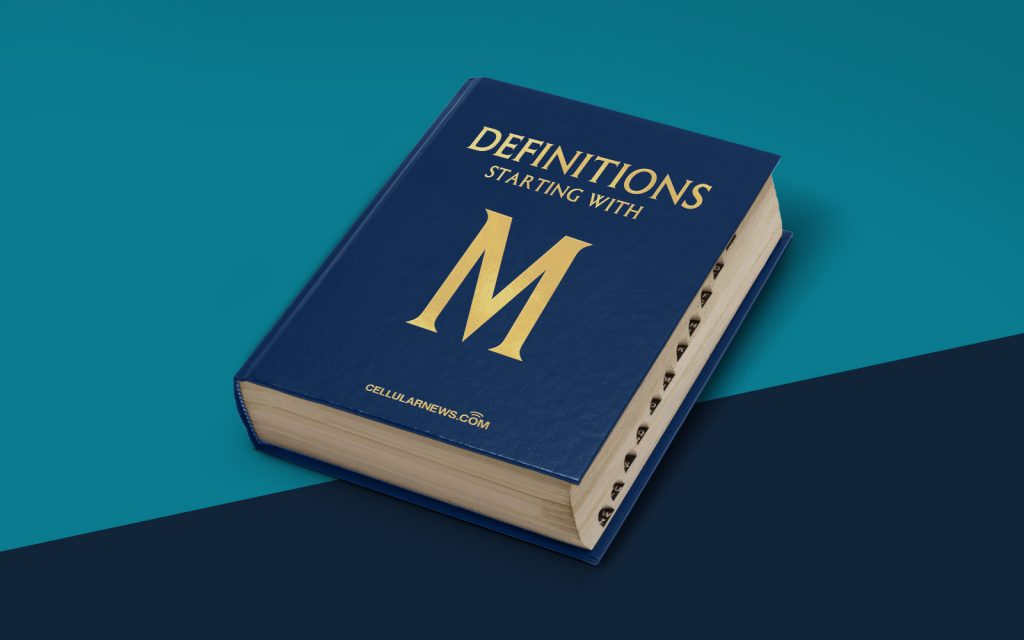
Defining Media Query: Understanding Responsive Design
Welcome to the “Definitions” category on our blog! In this series, we dive into various digital marketing terms and concepts to help you gain a better understanding. Today, we’ll be exploring the fascinating world of media queries and their role in responsive web design.
What is a Media Query?
Imagine this: you’re browsing the internet on your laptop, and the website you’re on looks perfect – the text is easy to read, the images are nicely arranged, and everything seems just right. But what happens when you visit the same website on a smaller screen, such as a smartphone or tablet? Suddenly, the layout becomes cramped, the text is too small, and you find yourself continuously zooming in and out, trying to make sense of the content.
This is where media queries come to the rescue. In simple terms, a media query is a feature in CSS (Cascading Style Sheets) that allows web developers to customize the appearance of a website based on the user’s device or screen size. By using media queries, designers and developers ensure that their websites adapt and provide an optimal experience on any device, be it a desktop computer, tablet, or mobile phone. It’s all about creating a seamless, user-friendly interface that adjusts to different screen sizes and resolutions.
Key Takeaways:
- Media queries are used to create responsive designs by making websites adapt to different screen sizes and devices.
- They are a crucial part of modern web development, ensuring that users have a consistent and enjoyable experience across multiple platforms.
How do Media Queries Work?
Now that we know what a media query is let’s take a closer look at how it actually works. When a website loads, the CSS code contains instructions that tell the browser how to present the content. Within this code, media queries are used to define certain conditions or rules that trigger specific style changes when matched. These rules can include properties like font size, image size, layout organization, and more.
For example, a media query might specify that if the screen width is less than 600 pixels, the font size should be increased, or the content should be rearranged into a single column rather than multiple columns. By using different conditions and values, developers have the flexibility to adjust various elements of a website’s design based on the user’s device characteristics.
Benefits of Using Media Queries:
Now that you have a basic understanding of media queries, let’s explore some of the benefits they provide to both web developers and website visitors:
- Improved usability: By utilizing media queries, websites can adapt to different screen sizes and devices, making them more user-friendly for all visitors, regardless of the device they’re using.
- Consistent branding: Media queries enable designers to maintain a consistent look and feel across different devices, ensuring that the brand identity remains intact and recognizable.
- Increased engagement: When websites are responsive and provide a seamless experience, visitors are more likely to stay longer, explore further, and engage with the content or products on offer.
- SEO advantages: Google and other search engines prioritize mobile-friendly websites in search results, so having a responsive design through media queries can positively impact your website’s visibility and rankings.
By incorporating media queries into their design strategies, web developers can create visually appealing, accessible, and user-friendly websites that adapt to different devices. So the next time you visit a website and it magically adjusts to fit your screen perfectly, remember that media queries are hard at work behind the scenes!
We hope this article has shed some light on the fascinating world of media queries and responsive web design. Stay tuned for more definitions and insights in our “Definitions” category!
